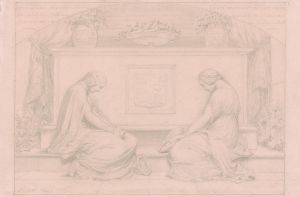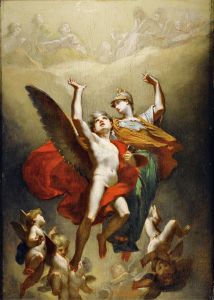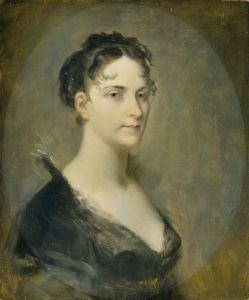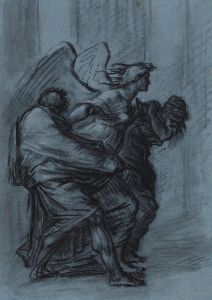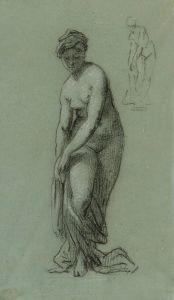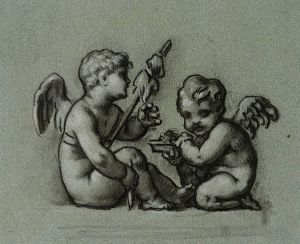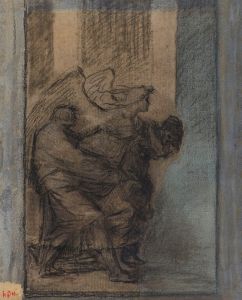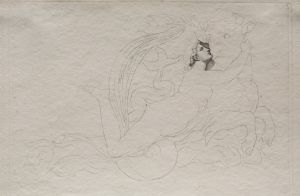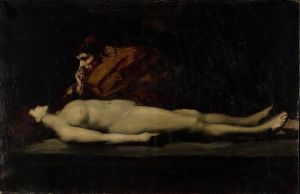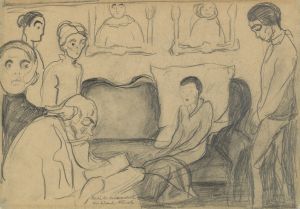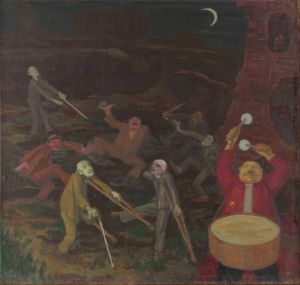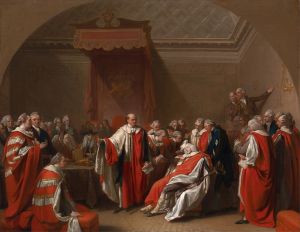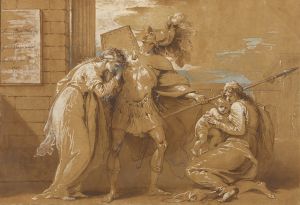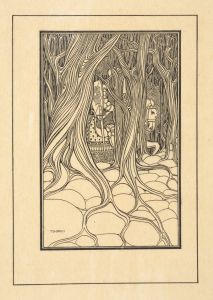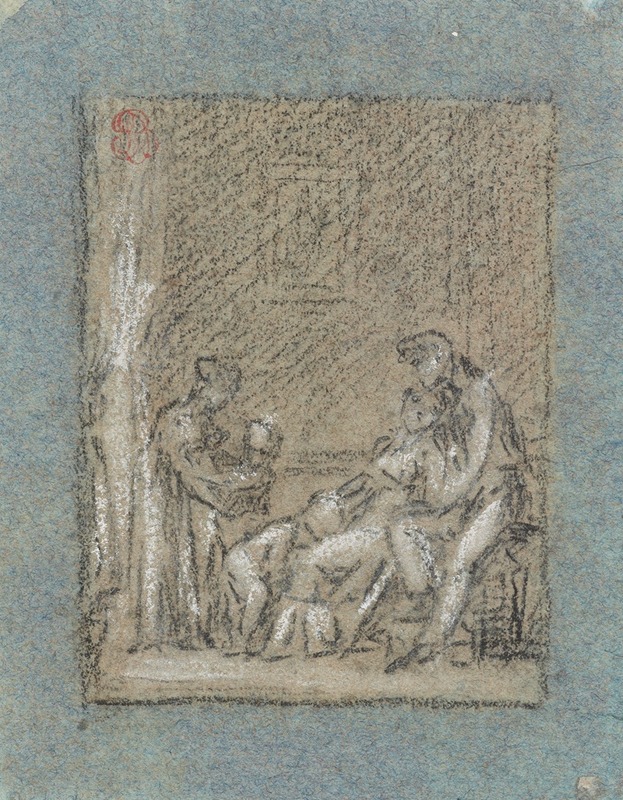
Study for Une Famille dans la désolation
A hand-painted replica of Pierre-Paul Prud'hon’s masterpiece Study for Une Famille dans la désolation, meticulously crafted by professional artists to capture the true essence of the original. Each piece is created with museum-quality canvas and rare mineral pigments, carefully painted by experienced artists with delicate brushstrokes and rich, layered colors to perfectly recreate the texture of the original artwork. Unlike machine-printed reproductions, this hand-painted version brings the painting to life, infused with the artist’s emotions and skill in every stroke. Whether for personal collection or home decoration, it instantly elevates the artistic atmosphere of any space.
Pierre-Paul Prud'hon was a prominent French painter and draughtsman, known for his unique style that blended Neoclassicism and Romanticism. His work often depicted themes of love, beauty, and melancholy, characterized by a soft, atmospheric quality. One of his notable works is "Study for Une Famille dans la désolation" (Study for A Family in Desolation), which showcases his exceptional skill in capturing human emotion and the subtleties of light and shadow.
"Study for Une Famille dans la désolation" is a preparatory drawing that reflects Prud'hon's meticulous approach to composition and his deep understanding of human anatomy and expression. While the final painting or the context of this specific study is not widely documented, the drawing itself provides insight into Prud'hon's artistic process and thematic interests.
The drawing likely depicts a scene of emotional turmoil or tragedy, as suggested by the title "Une Famille dans la désolation." Prud'hon was known for his ability to convey complex emotions through his figures, often placing them in contemplative or sorrowful poses. This study would have been part of his process to explore the arrangement of figures, the play of light and shadow, and the overall mood of the composition before executing a final piece.
Prud'hon's technique involved the use of soft, blended lines and a delicate touch, which can be seen in the study. His figures are often rendered with a sense of grace and fluidity, emphasizing their emotional states. The use of chiaroscuro, a technique that contrasts light and dark, is evident in his work, adding depth and drama to the scene.
Born in 1758 in Cluny, France, Prud'hon studied in Dijon and later in Paris, where he was influenced by the works of classical artists and the emerging Romantic movement. He gained recognition for his portraits and allegorical paintings, becoming a favorite among the French elite, including Napoleon Bonaparte and Empress Joséphine. Despite his success, Prud'hon's personal life was marked by tragedy and sadness, themes that often permeated his work.
Prud'hon's influence extended beyond his lifetime, impacting future generations of artists. His ability to blend classical ideals with romantic sensibilities set him apart from his contemporaries and earned him a unique place in art history. His works are celebrated for their emotional depth, technical precision, and the ethereal quality that he brought to his subjects.
"Study for Une Famille dans la désolation" remains a testament to Prud'hon's skill as a draughtsman and his ability to convey profound emotion through his art. While the specifics of the final composition may not be well-documented, the study itself offers valuable insight into his creative process and the themes that resonated with him throughout his career.





